As the most visited National Park (9M visitors annually), it is advisable to plan your time here with that in mind (unless you deal with crowds and traffic jams better than I do!) Honestly, I did a 1.5 hour commute each way, each day, for many, many years, so in this phase of my life I avoid it, when possible.
Because we had done some advance planning by purchasing a brochure ($1) about the Cades Cove Tour at Sugarlands Visitor Center the first day we were in the area, we drove directly to the Cove (via Highway 321 to Highway 73 to Laurel Creek Road to Caves Code Road...all well marked). You can also reach Cades Cove by driving through the National Park.
There is an Orientation Shelter when you arrive in Cades Cove. Because we already had a guide, we made our first stop the John Oliver Place. John Oliver and his wife, Lucretia, arrived in the cove in 1818, one of the first settlers in the area. They had 9 children (2 died early in life) and 57 grandchildren! Their 1.5 story house is one of the oldest structures in the park. They purchased the land in 1826 and lived here until the National Park Service bought it 100+ years later.
The Primitive Baptist Church was established by the early settlers of Cades Cove in 1827. Turn left onto a gravel road to drive to the parking lot of the church Initially a log building was constructed; it was replaced in 1887 by this one. The church closed during the Civil War as members of the congregation supported the Union. We spent some time wandering through the graveyard here.
A short distance on the other side of the Cades Cove Road is the Methodist Church. There were fewer Methodists in the cove than Baptists, but a group of them got together and established this church in the 1820s. Like the Baptist church, it was a log building that was replaced by this one in 1902. As we walked through the cemetery, it was heartbreaking to see all of the young women and many infants/small children that died in those years. The last photo in the group below is that of a marker for three sons born to the same parents.
The Missionary Baptist Church was established (1839) by a group that split from the Primitive Baptist Church because they favored missionary work. This building was constructed in 1915. The Sunday School started here in 1898 continued until 1944 when the church closed. Like the other churches in the cove, it closed during the Civil War.
Elijah Oliver was born in 1824, one of John and Lucretia Oliver's nine children. When he married, he and his wife left Cades Cove, returning to the area after the Civil War. The house is 1/2 mile from the road and you can take the path through the woods or the one through a meadow to reach it. Restoration efforts are currently underway on the house. In addition to the house, the corn crib and smokehouse are shown below.
We spent the most time at the Cable Mill Area where there is a Visitor Center, a grist mill (located on its original site), and multiple other structures of the 1800s that were relocated to this area from other places in the National Park. Also, this is the only place along the Cades Cove loop road where there are bathrooms.
The Visitor Center was built in 1972 and has information about the park, the Cable Mill Area, books, souvenirs. We were delighted to learn that dogs are permitted on the walkways when touring the area. It was so hot, that our doggy, Sadie, was thrilled to discover Mill Creek. She promptly hopped in and laid down on the cool rocks in the creek.
The LeQuire Cantilever Barn provided shelter for livestock (both inside and under the overhangs) during bad weather. The additional space also provided storage for farm equipment. This style of barn originated in Europe centuries ago.
John P. Cable built this grist mill and a saw mill after acquiring land in the Cove in the late 1860s. The same wheel provided power for both mills. His son, James, inherited the mill and continued operations into the 20th century.
This house was built in 1879 by Leason Gregg after he purchased an acre of land from John Cable. The lumber used to build the house was sawed at Cable's sawmill. The family ran a store on the first floor while continuing to live in the house. Rebecca Cable and her brother purchased the house in 1887. They subsequently closed the store and used the house as a boarding house and residence. Rebecca eventually owned 600 acres of land and died in 1940 at age 96.
This type of barn featured a drive-through center with stalls on each side. It was a more common design in the Cove than the cantilevered barns. Hay wagons were driven under the barn and bales were loaded into the loft while standing in the wagon.
There are several other buildings of interest along the walking tour of the Cable Mill Area.
Dan Lawson purchased land from his father-in-law, Peter Cable, and built this house in 1856. A unique feature for the time was the brick chimney (all others we had seen were stone). The bricks were made on site. A large barn is also located on the property
Our last stop on our tour of the Cove was "Col. Hump" Tipton's place. He had served in the Mexican War. This house was built in the early 1870s. All of the buildings we have seen are built on stacks of rocks. It seemed that this could be a bit "wobbly," but none of the structures were!
Across the road is another cantilevered barn that is a replica of an earlier one that originally stood in the same place. This is one of the most photographed structures in the park.
We thoroughly enjoyed learning about Southern Appalachian culture and lifestyle during our tour of the churches, houses, barns, and mill in Cades Cove. If you visit the Great Smoky Mountains National Park, be sure not to miss this scenic drive. This post only represents a portion of all there is to see here.
For additional information about Cades Cove and all other aspects of the park, check it out online at www.nps.gov/grsm.

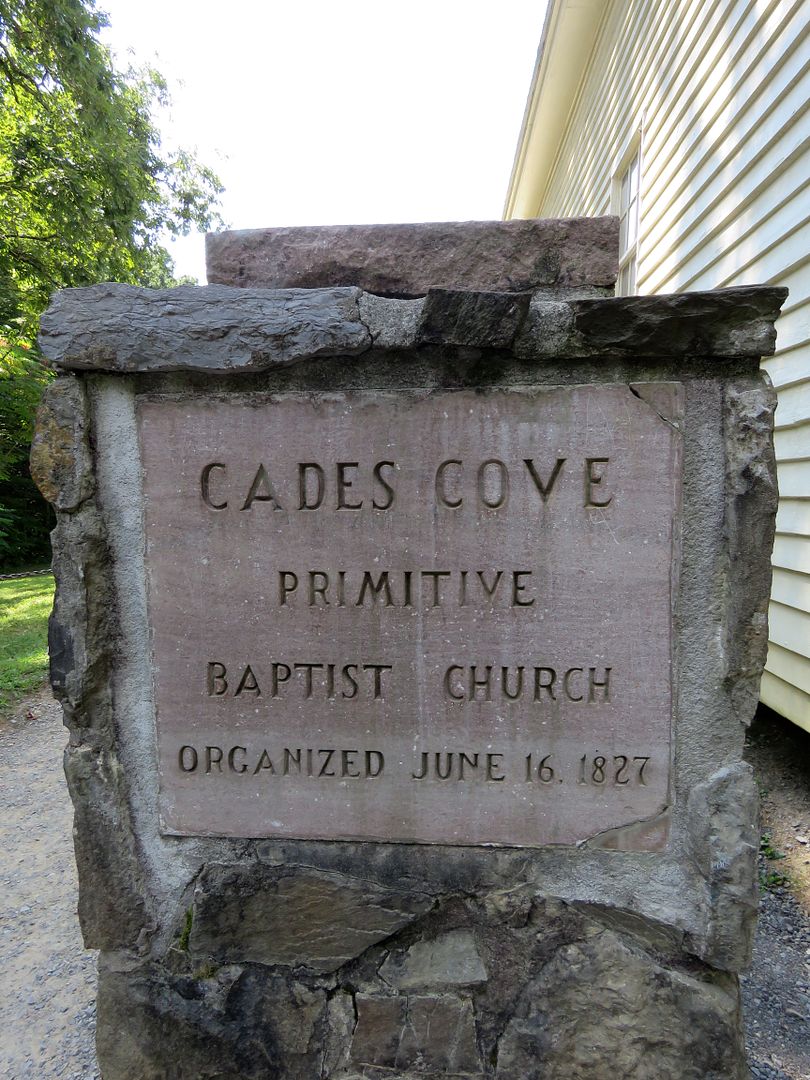
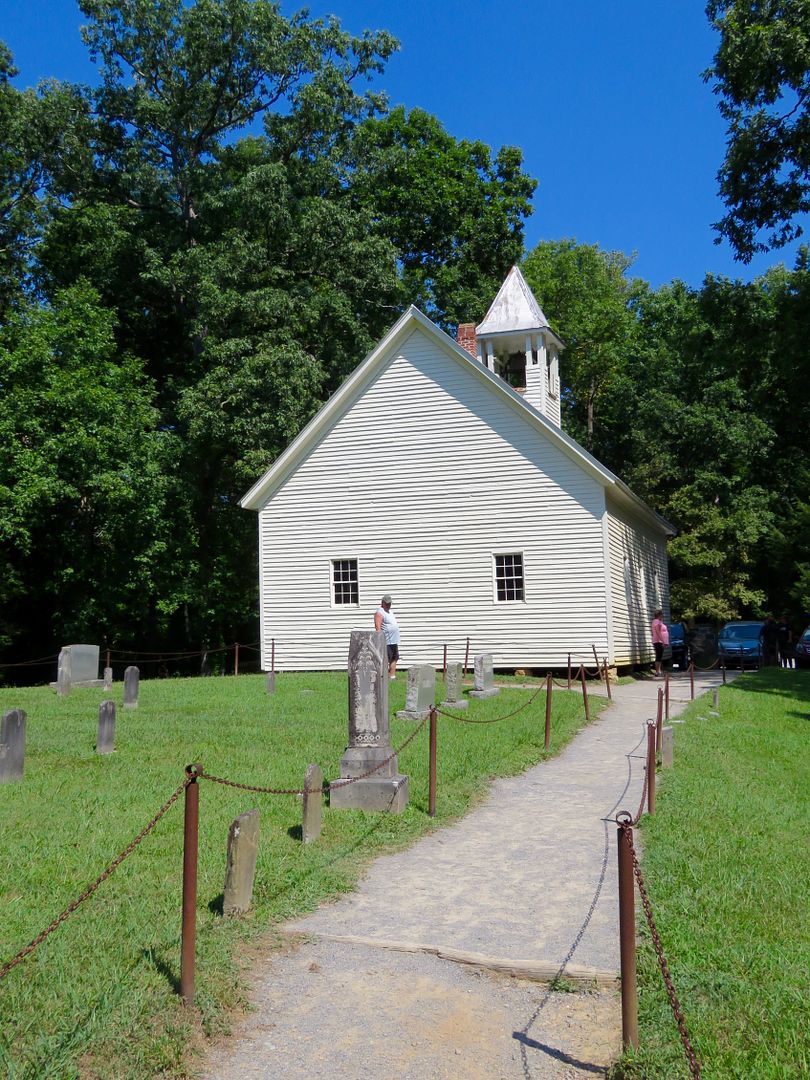
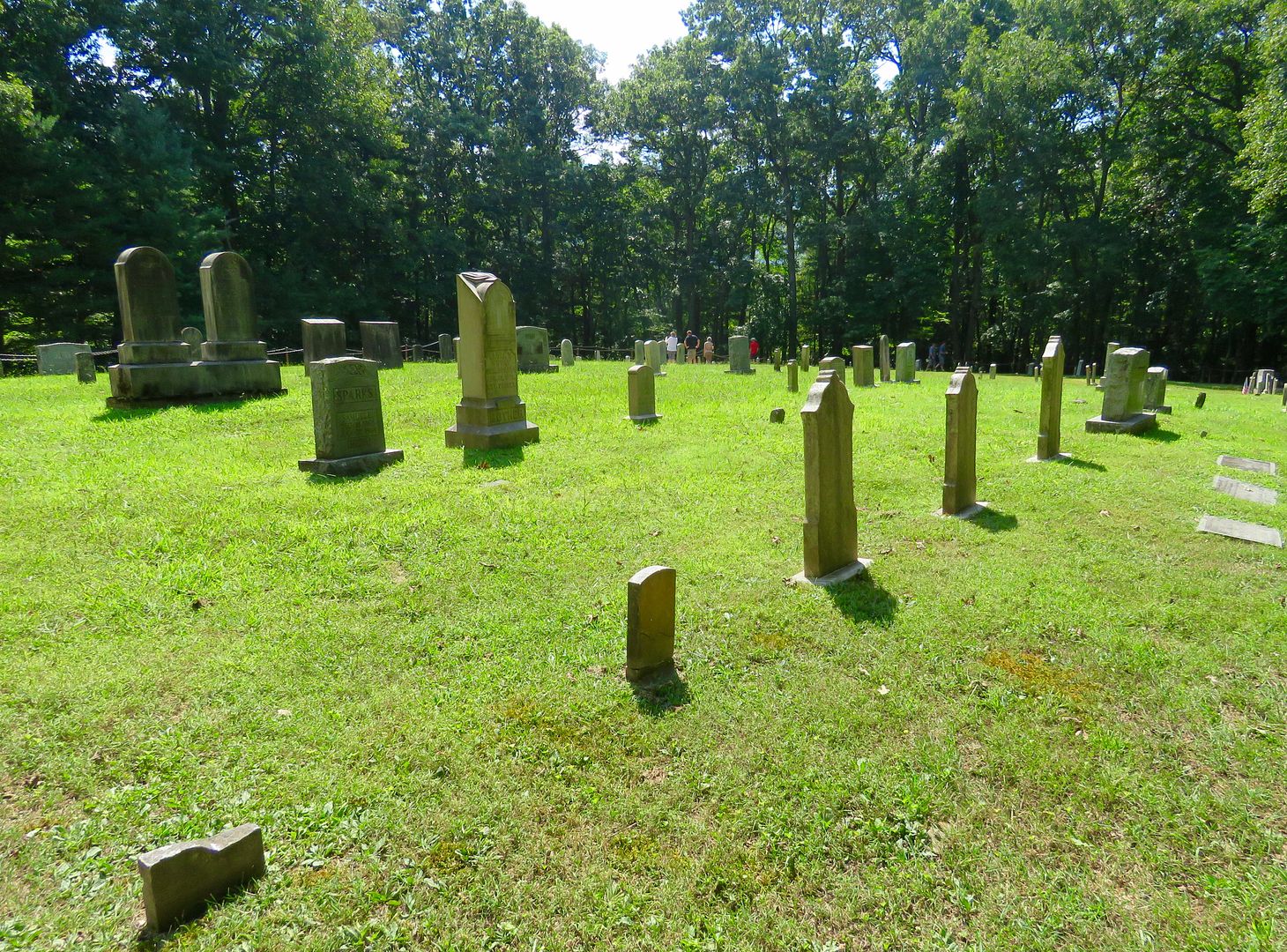
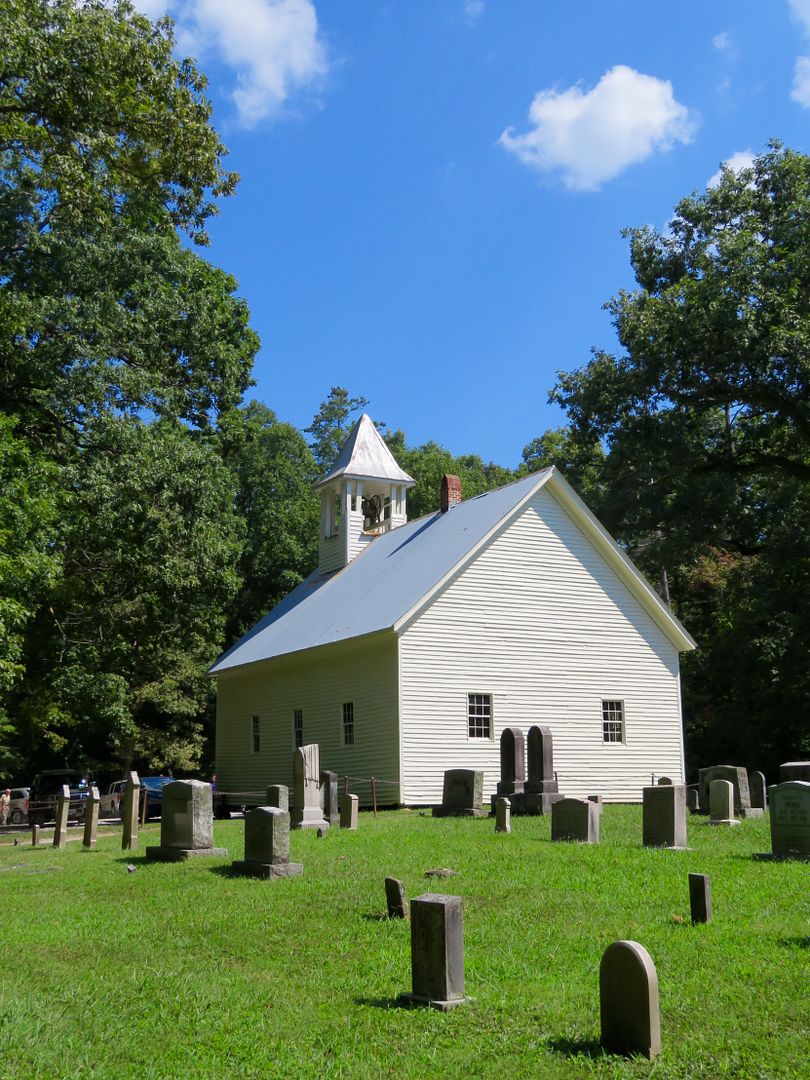
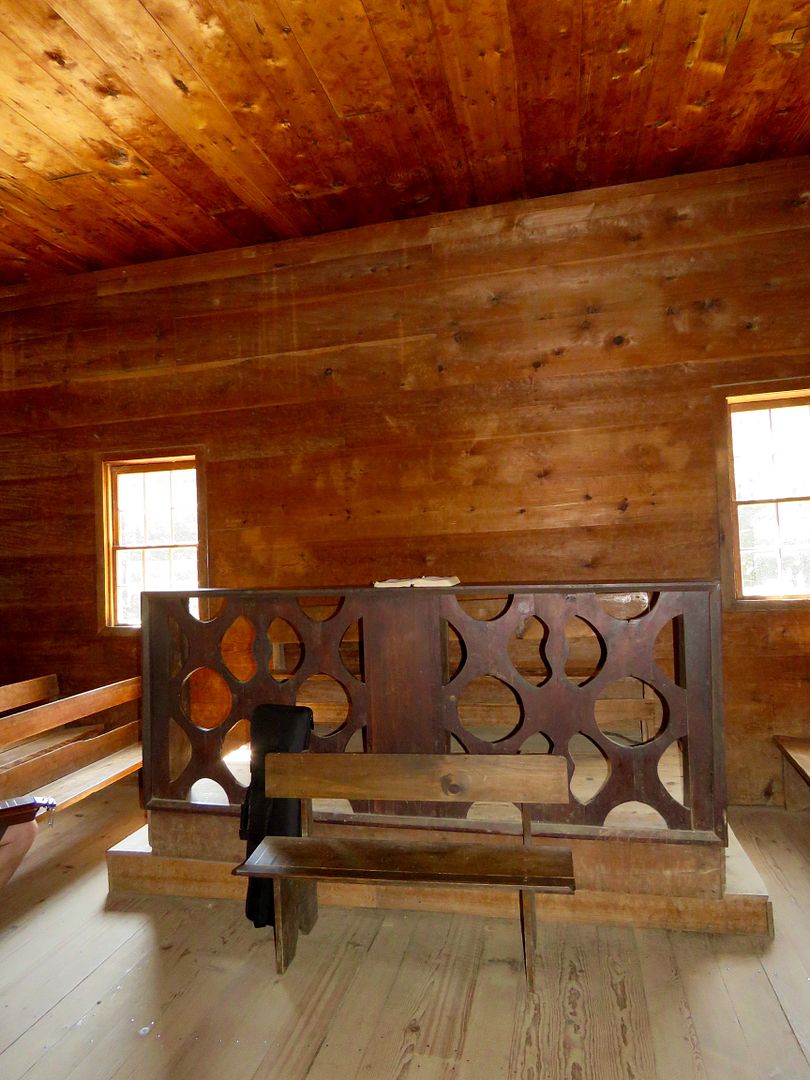

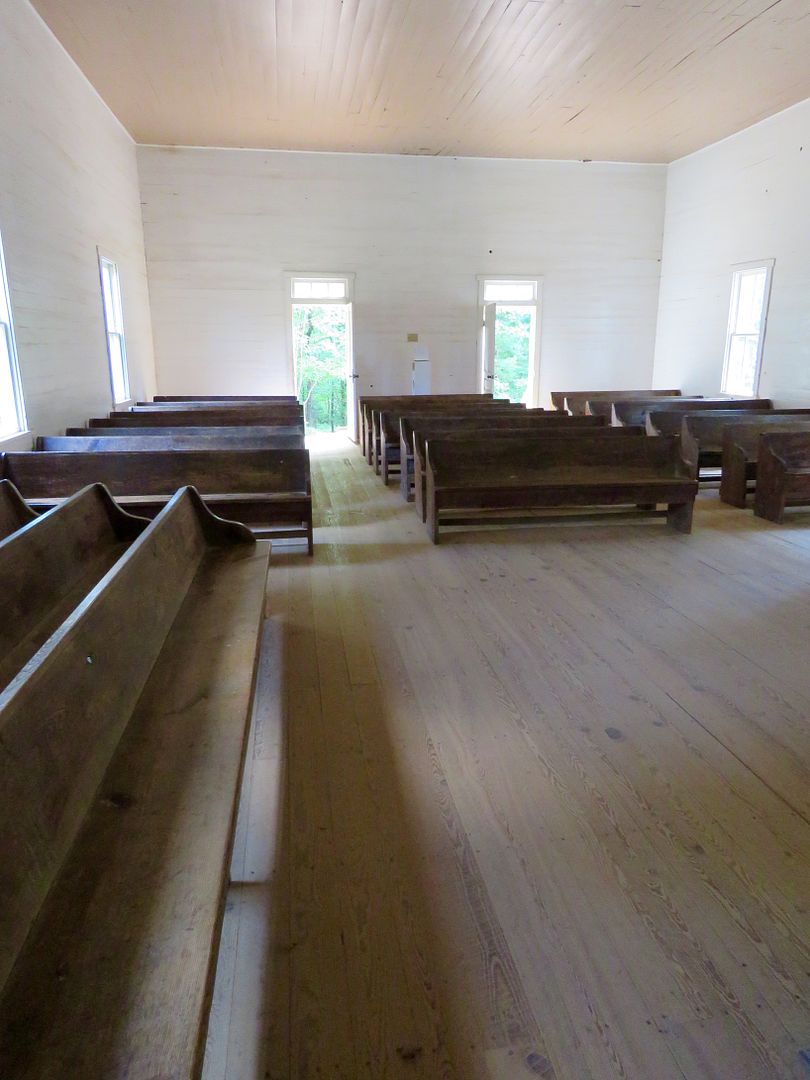
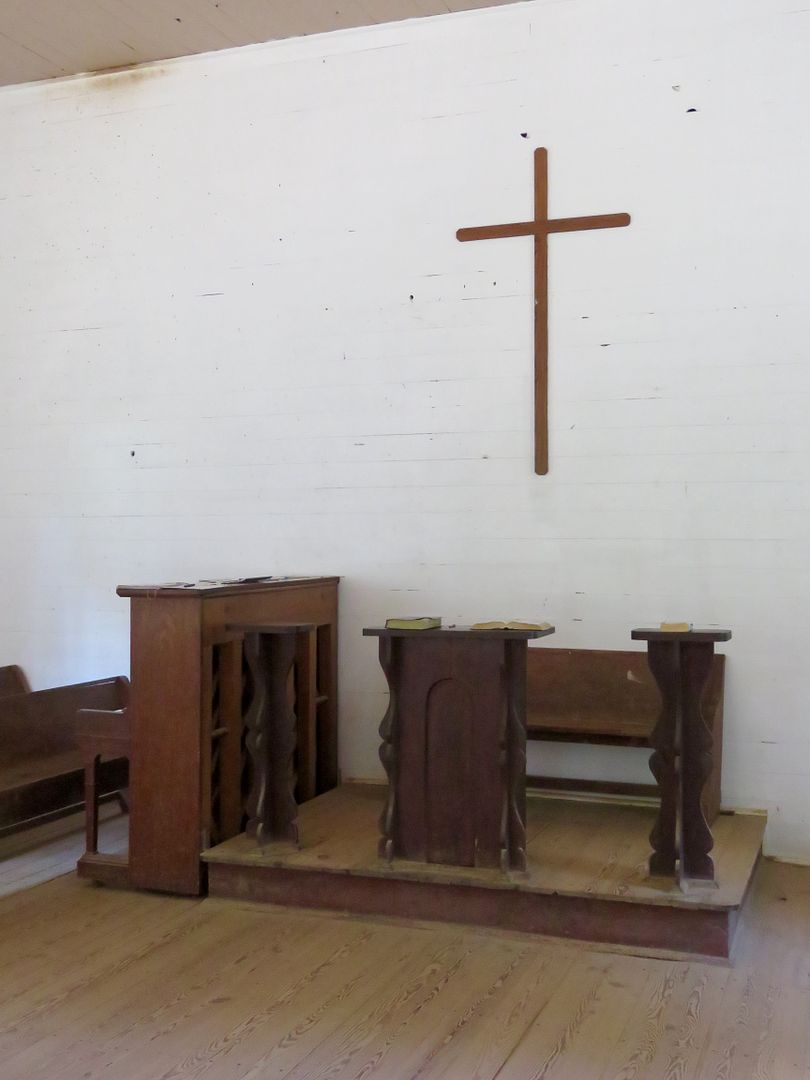
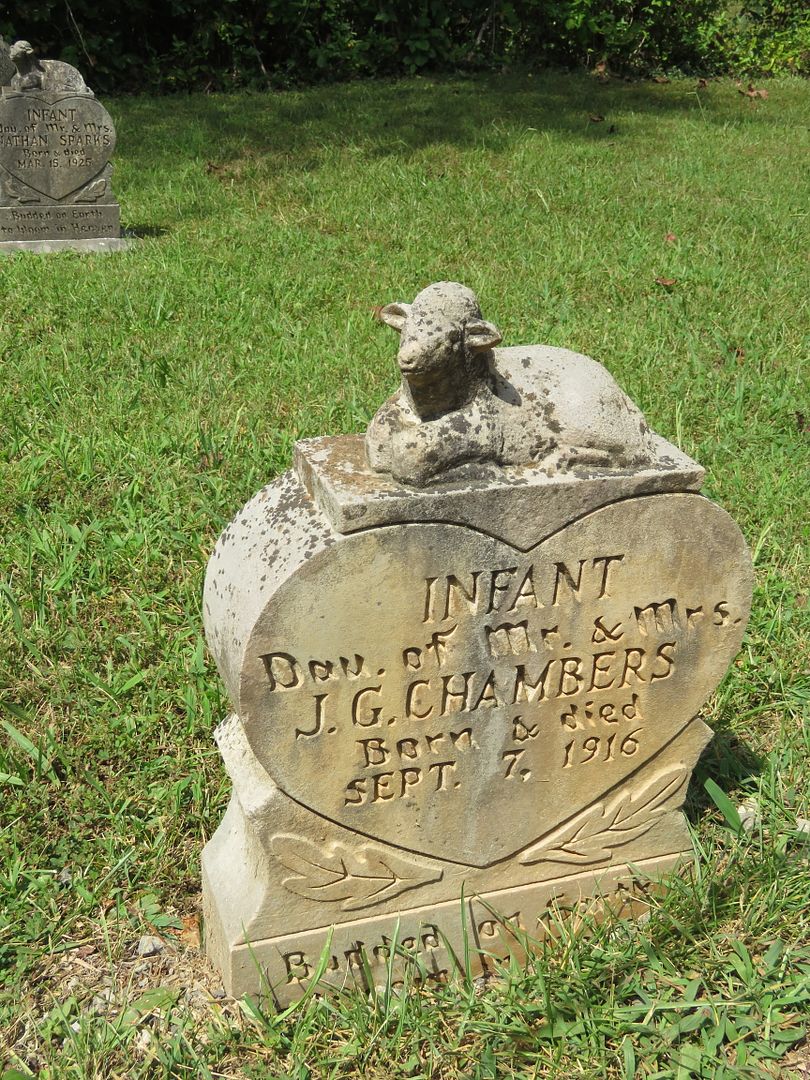
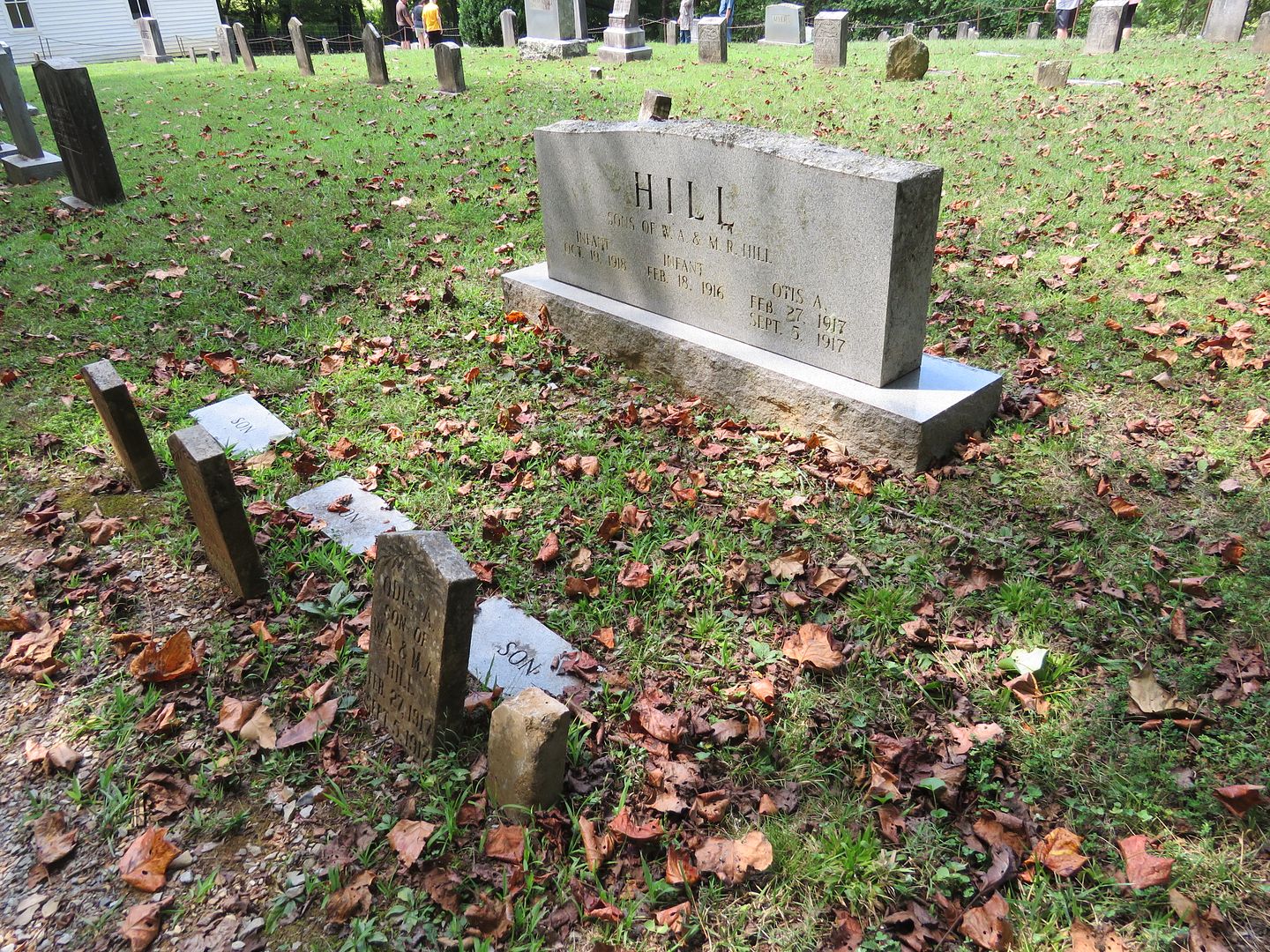

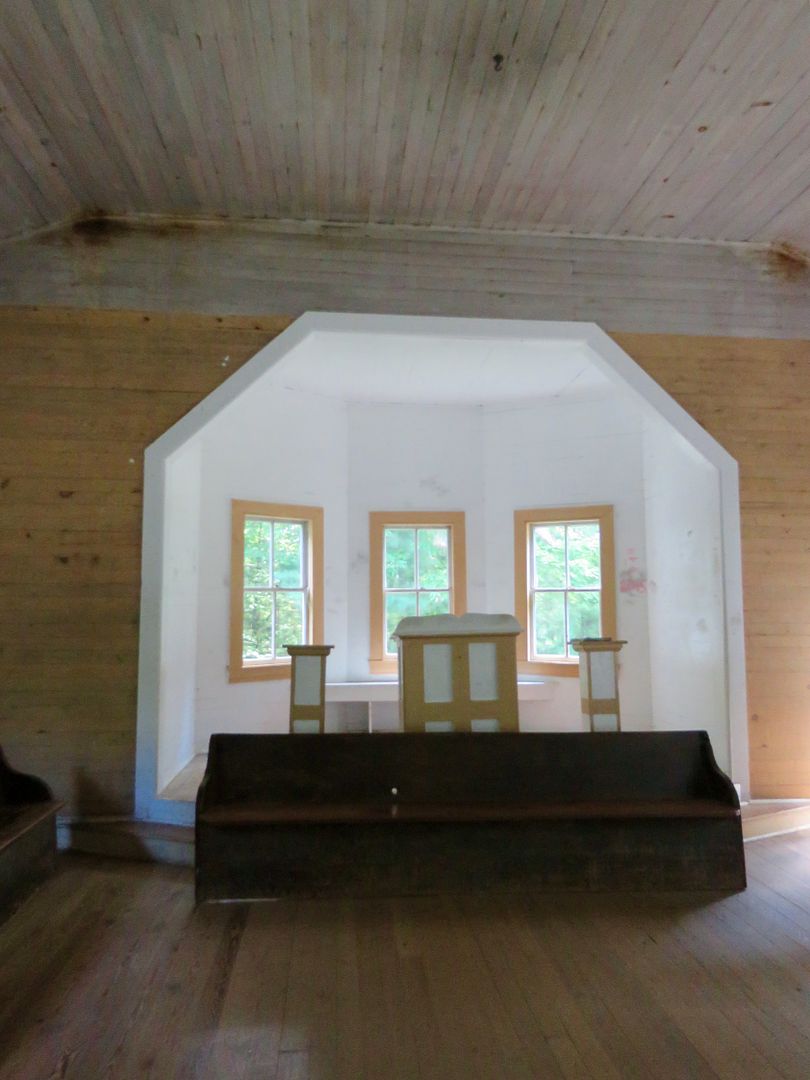
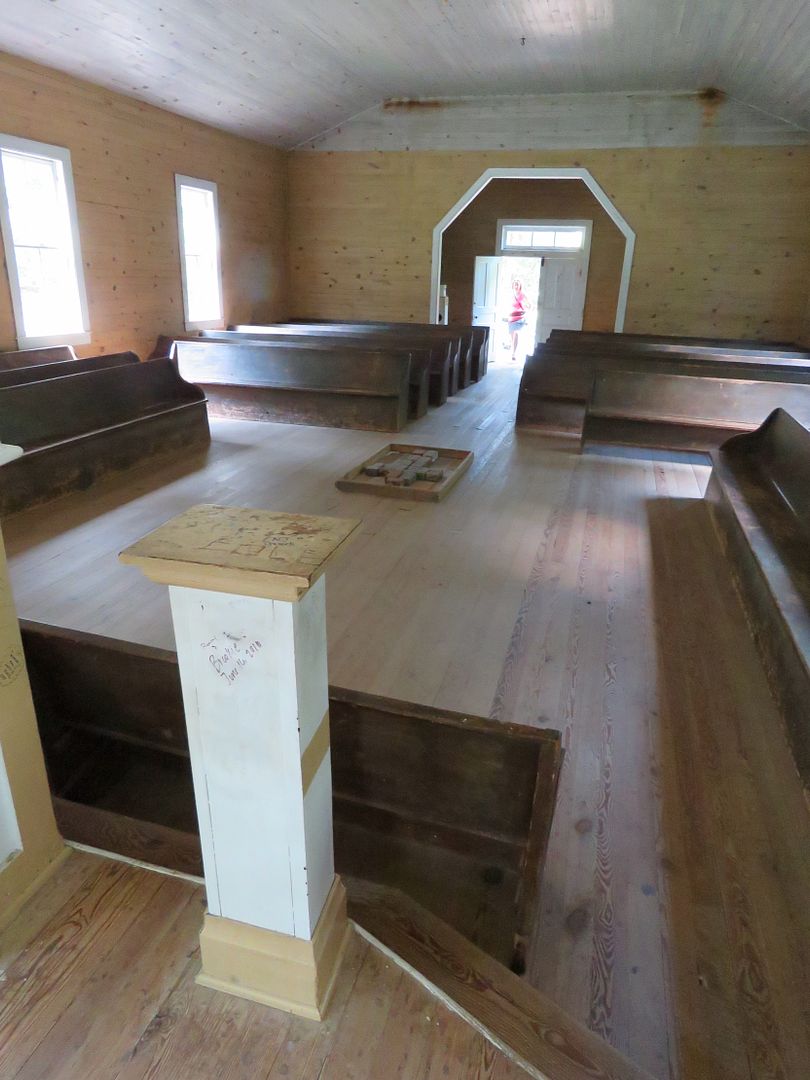
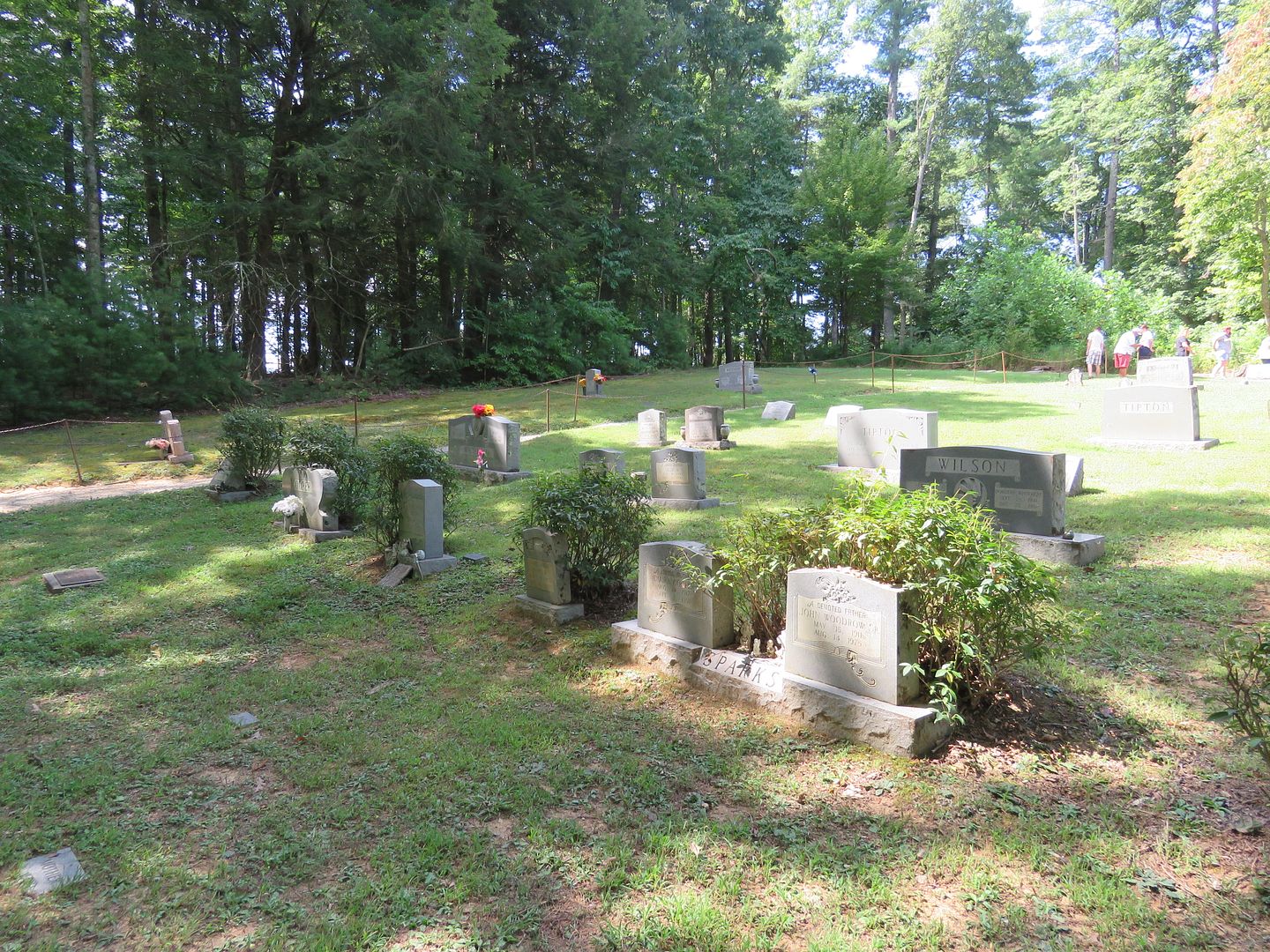
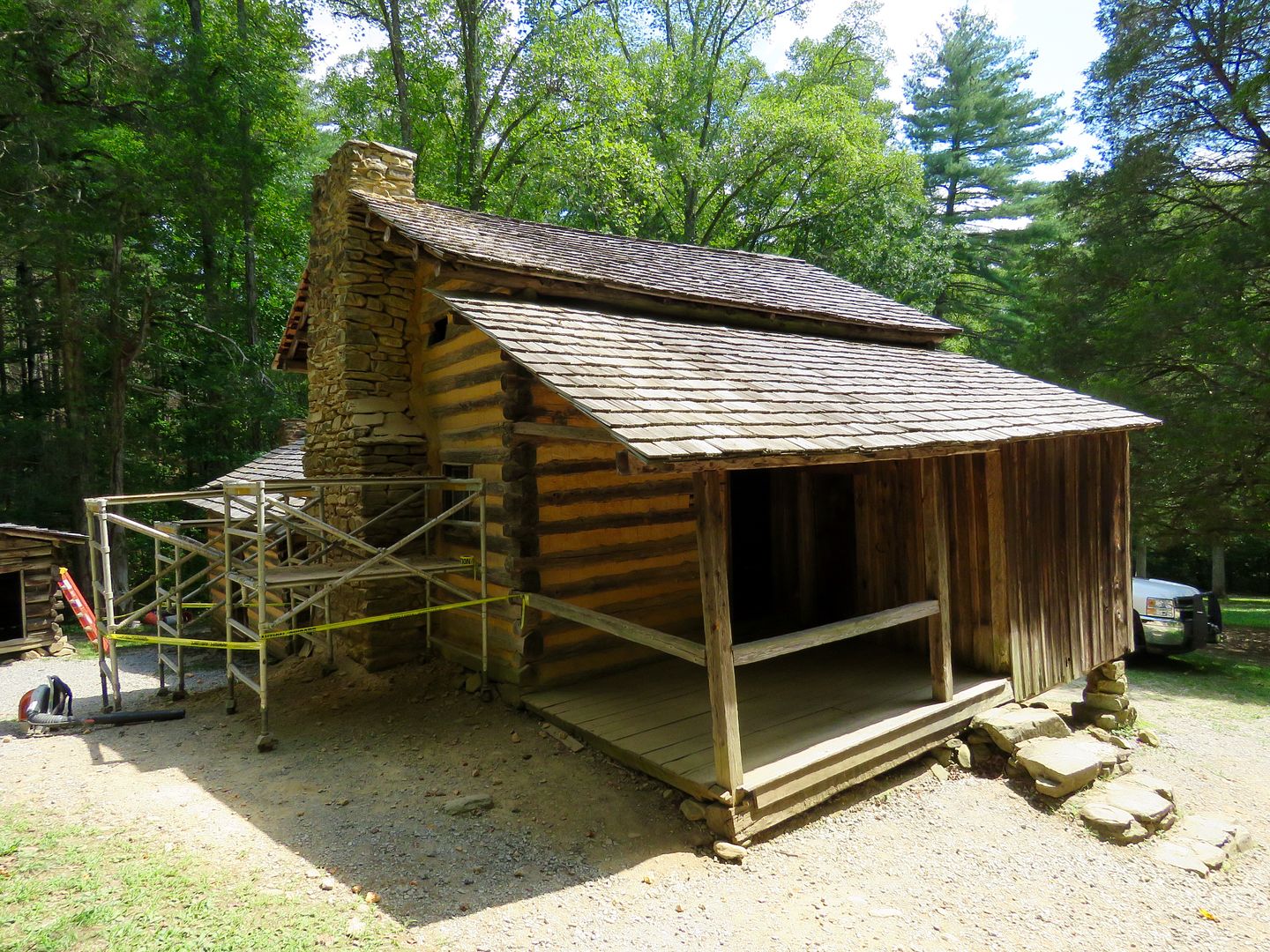
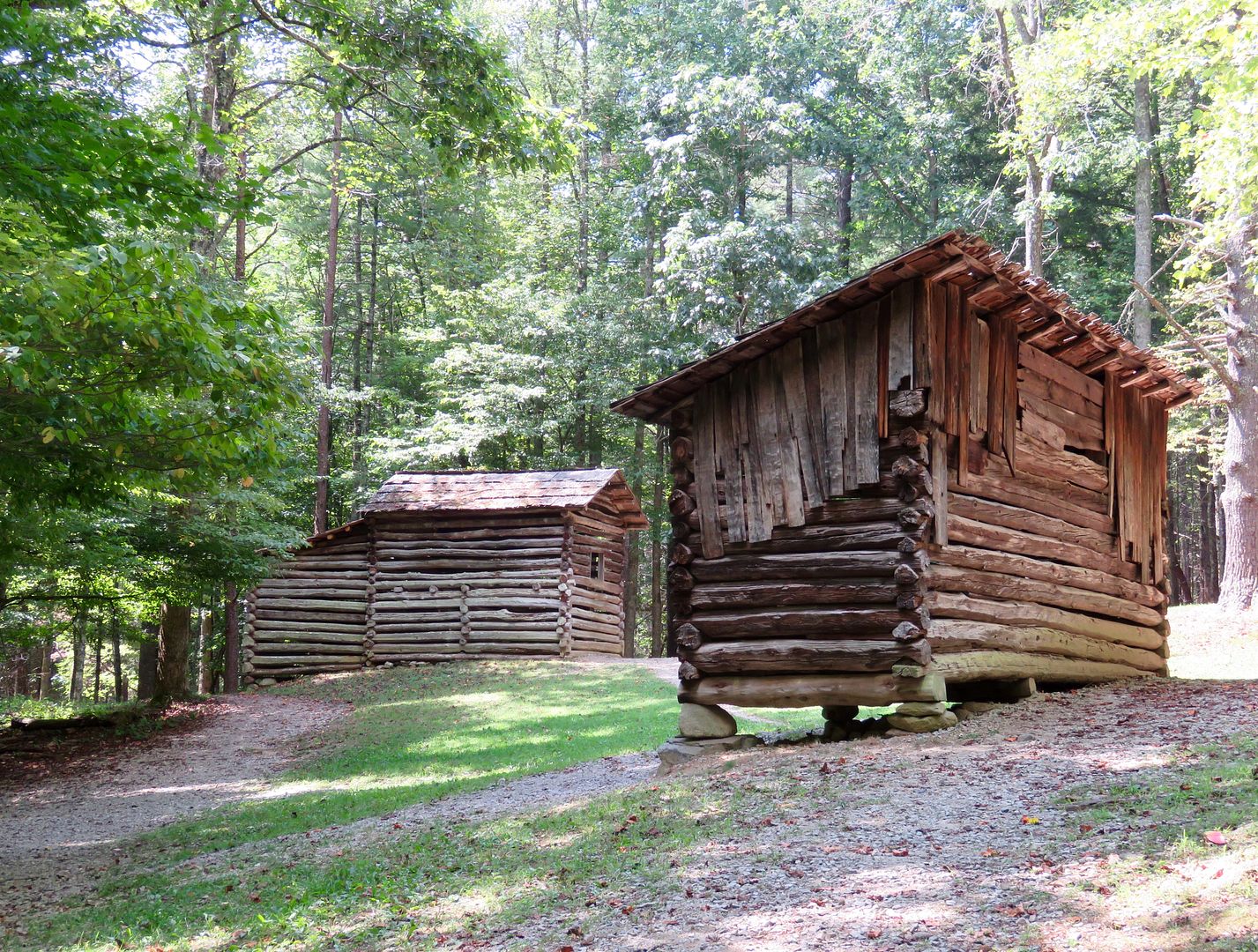


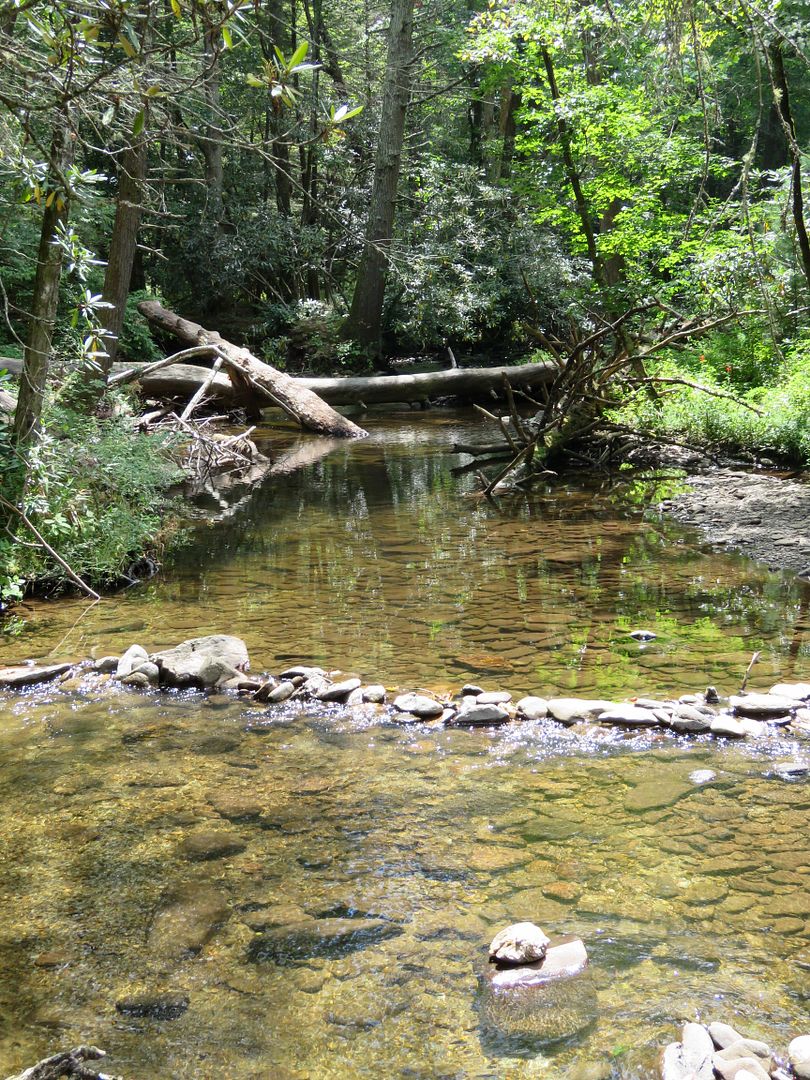


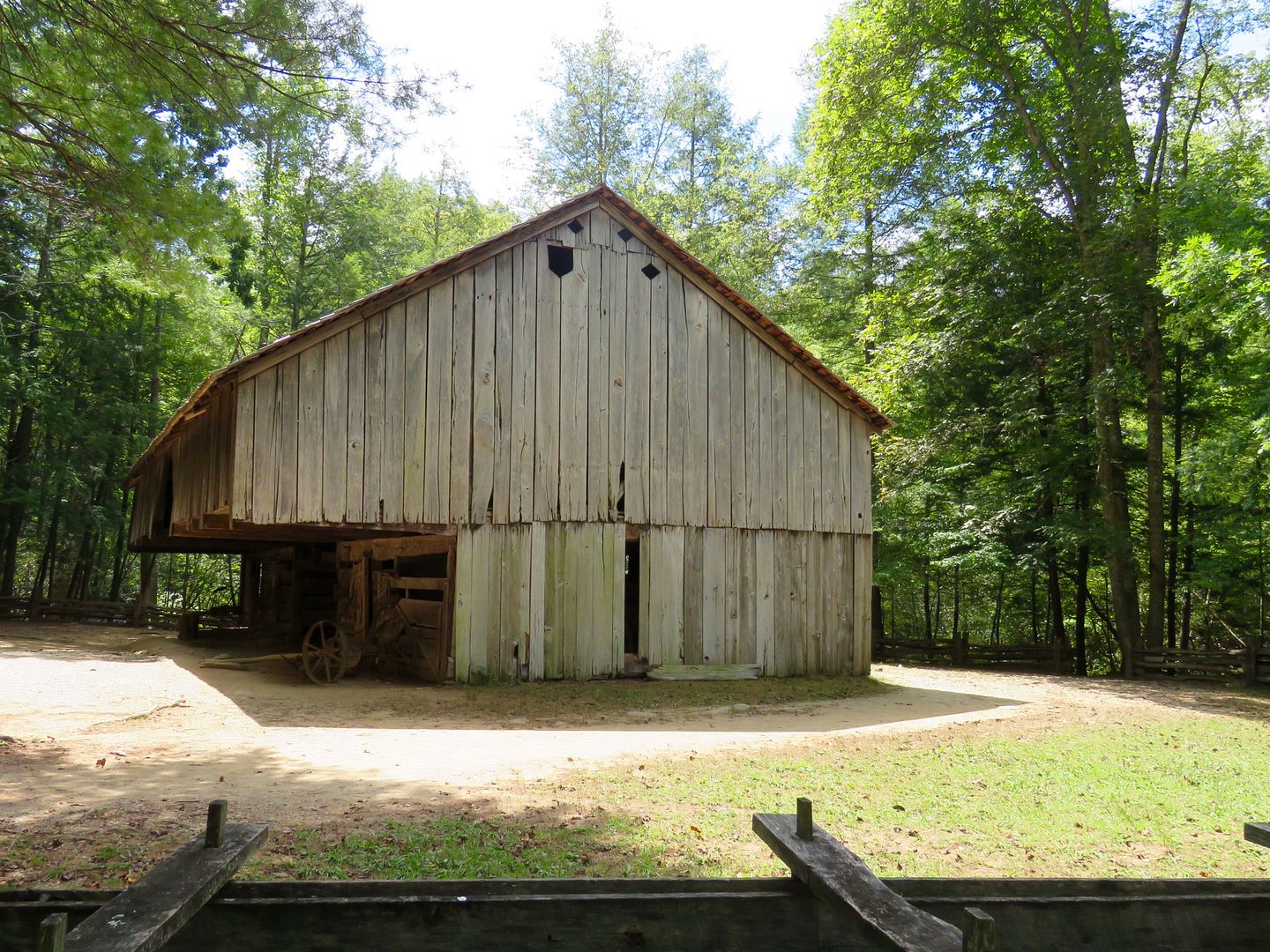
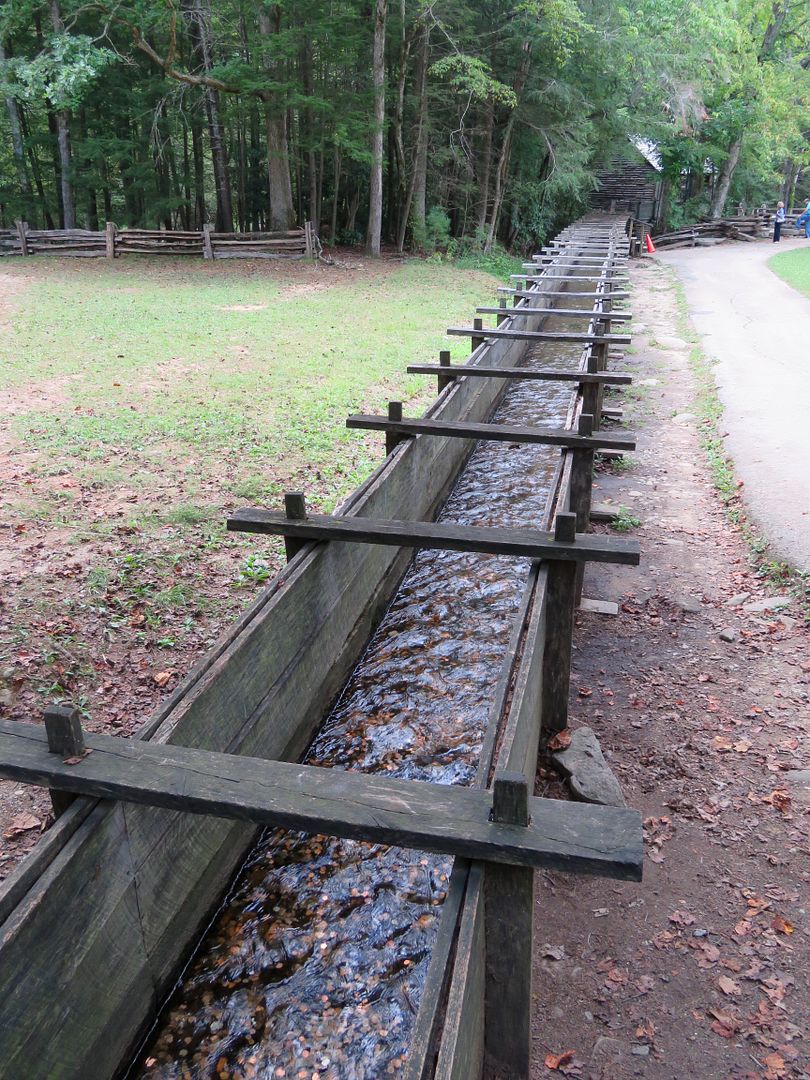


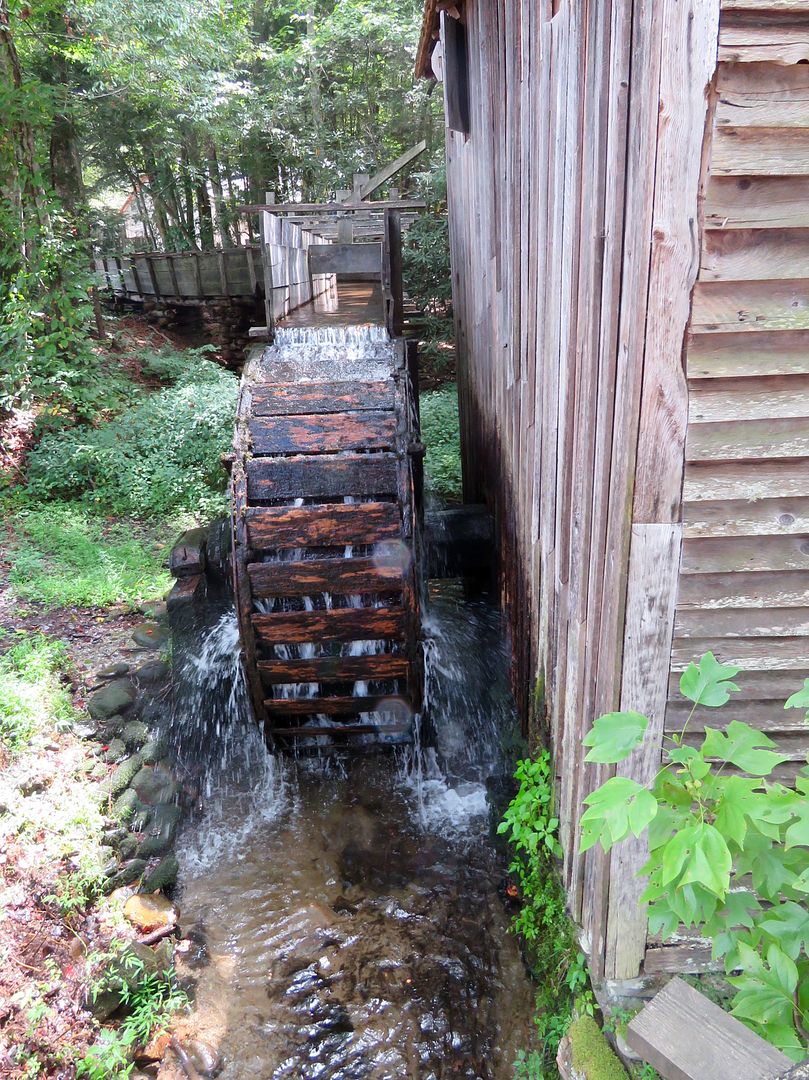
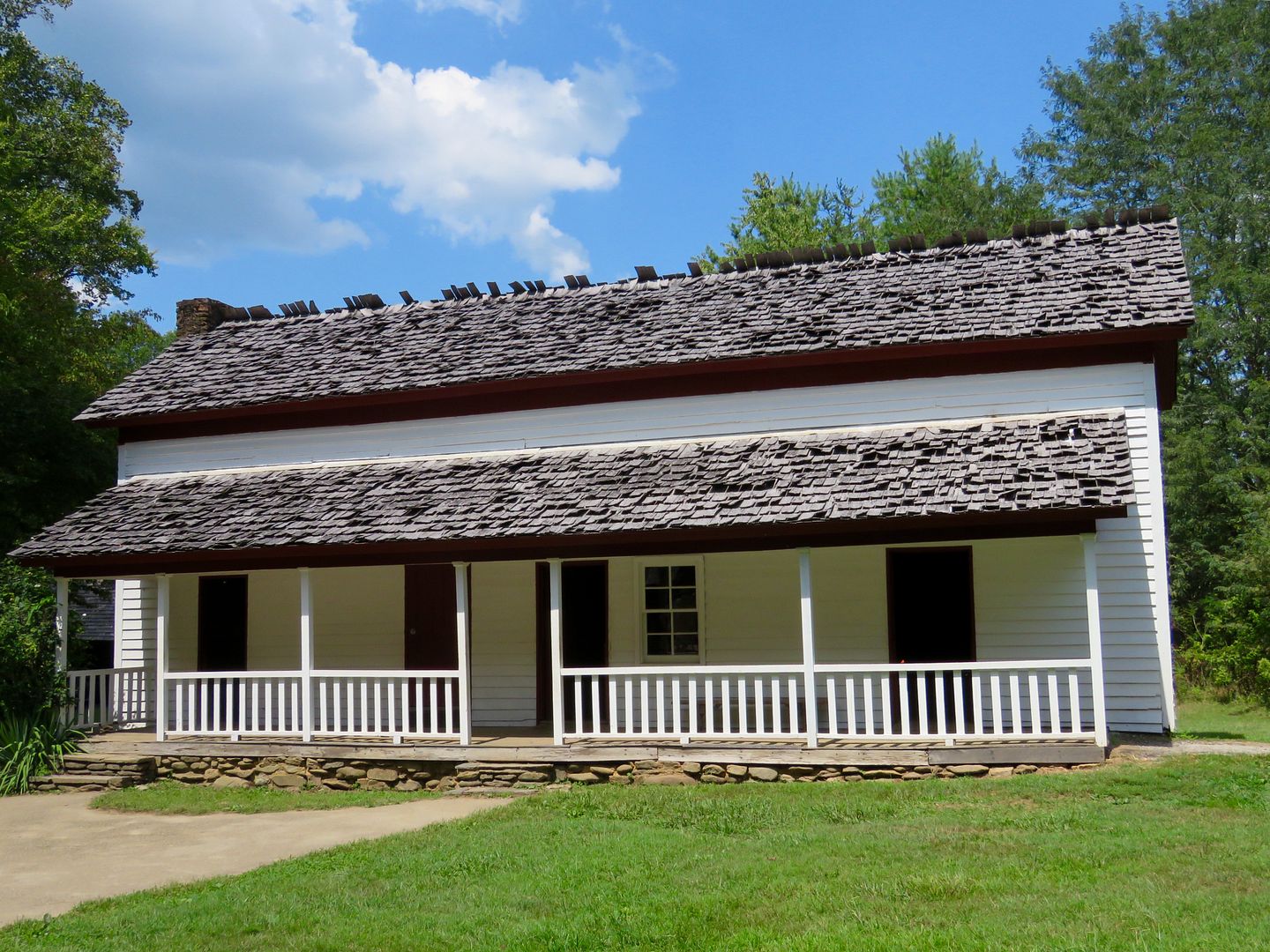


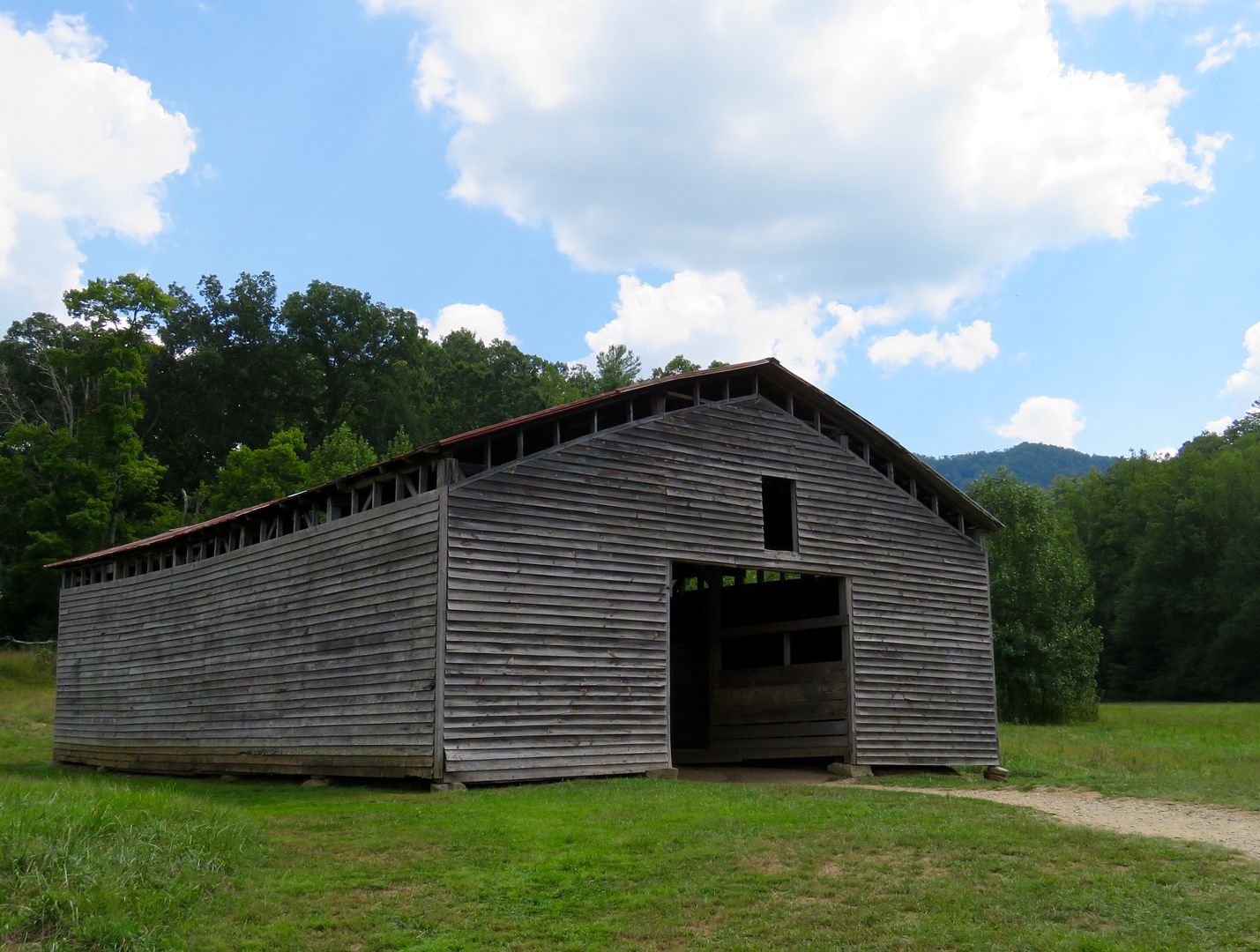

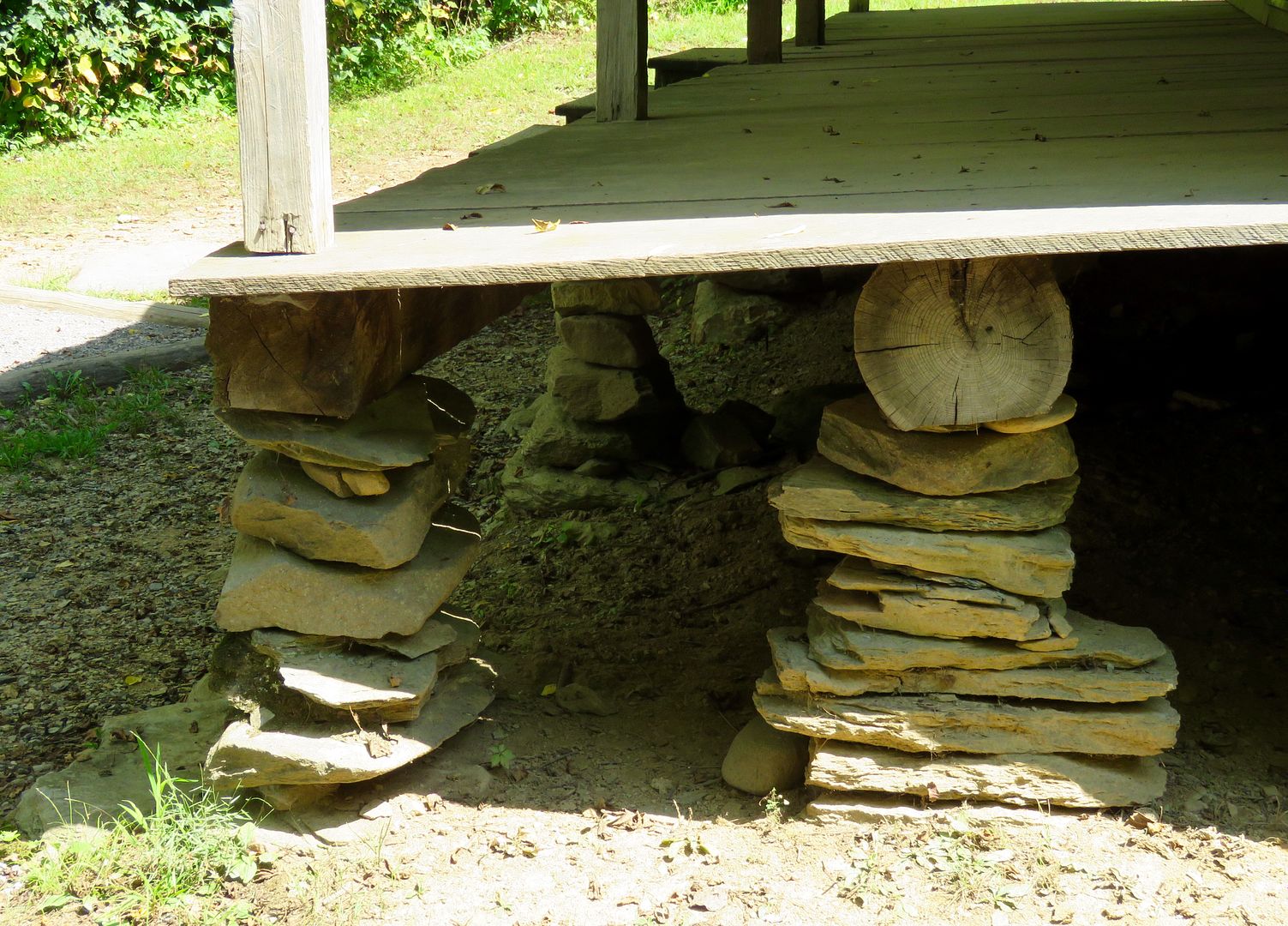
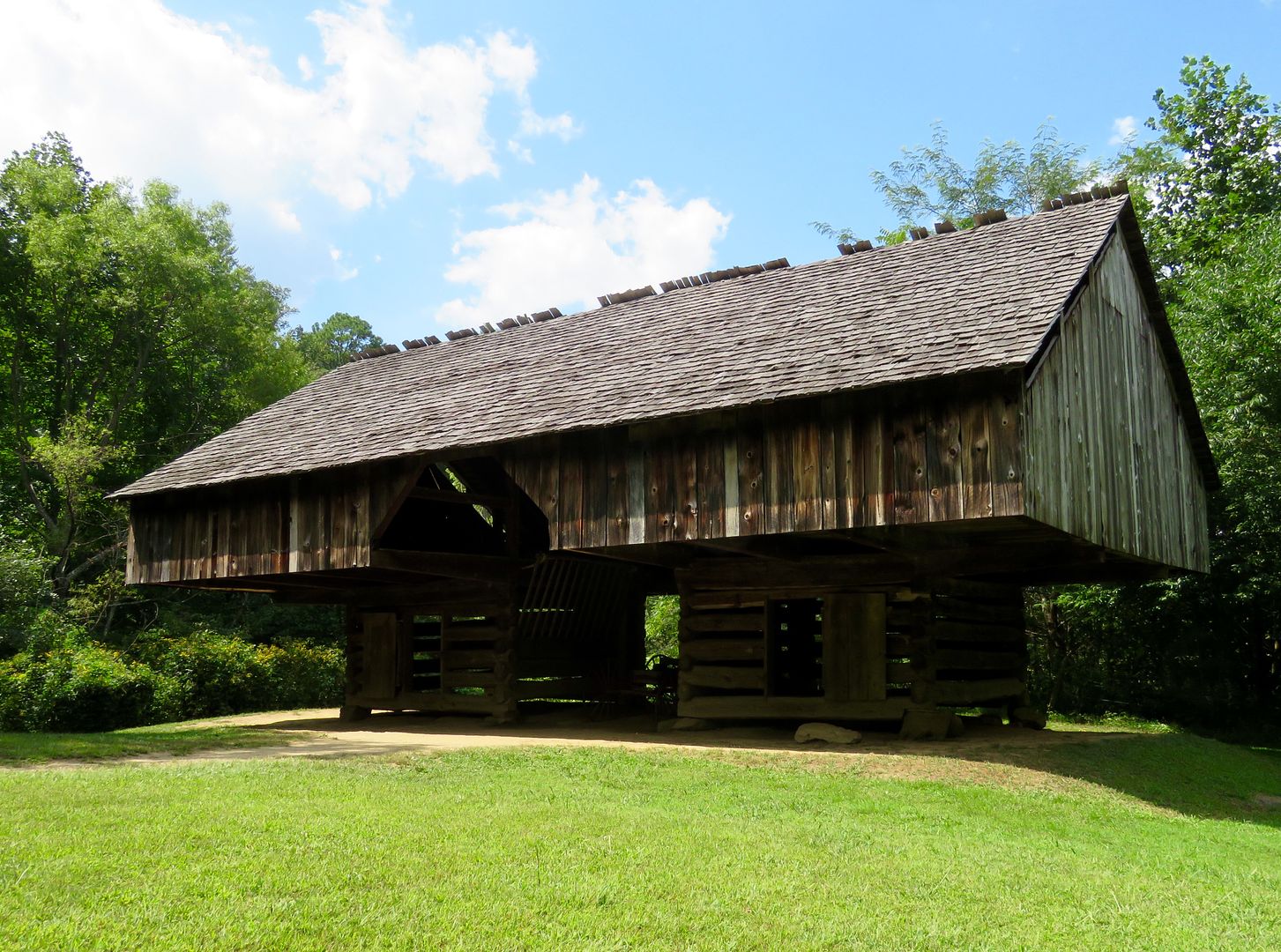
No comments:
Post a Comment